At Alison Jacques Gallery there is an opportunity to see some 13 quilts made by three generations of women from Gee’s Bend, Alabama. This is the first European solo outing for the Gee’s Bend quilts, a selection of which were included in the recent exhibition ‘We Will Walk: Art and Resistance in the American South’ at Turner Contemporary, Margate. There have been several shows in the United States, the most important being ‘The Quilts of Gee’s Bend’, organised by the collector and entrepreneur William Arnett (1939–2020) for the Museum of Fine Arts in Houston, and travelling to a dozen other venues to great acclaim in 2002. They are for sale and have been sourced via the Souls Grown Deep Foundation set up by Arnett, as part of the foundation’s Collection Transfer Program that grants a five per cent resale royalty to the quilt-makers. The very best of these quilts have already been distributed to museums in the United States, including the Met, or remain with the foundation – but Alison Jacques is exhibiting some magnificent examples made between around 1930 and 2019. Seeing these quilts first-hand is a moving, jolting experience.
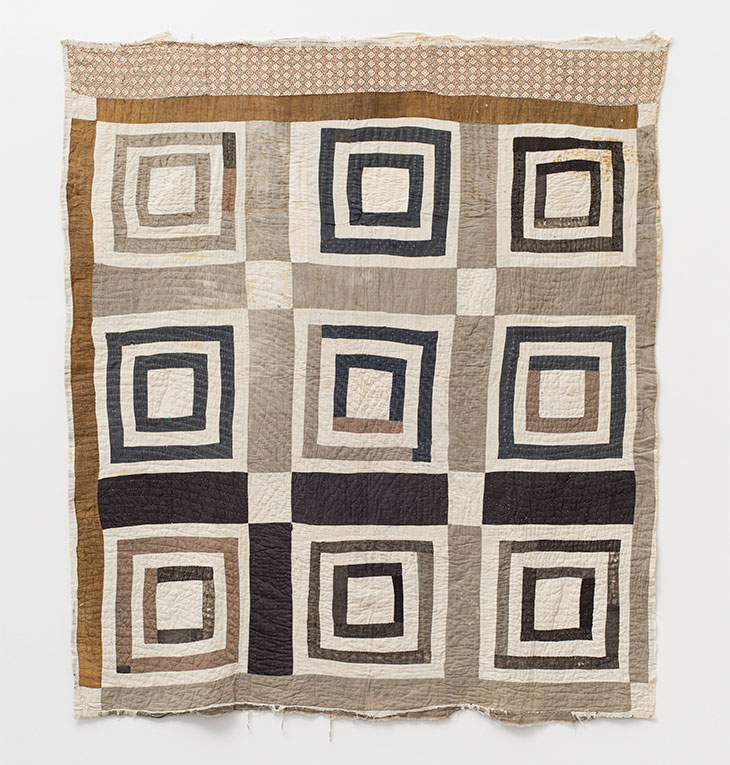
‘Housetop’ – nine-block variation (c. 1930), Annie E. Pettway. Courtesy Souls Grown Deep Foundation and Alison Jacques Gallery, London; © Annie E. Pettway/Artists Rights Society (ARS), New York and DACS, London
Quilting – the sewing together of layers of cloth – is most often a thrift activity. In the former mining communities of north-east England and South Wales, quilting was taken to a sophisticated level, with individual layers stitched together employing complex patterns with their own vocabulary – ‘diamond chain’, ‘feather twist’, ‘wineglass’ and ‘mother of thousands’. Humble materials were transformed. During the 1930s, when these quilts were ‘discovered’ by individual enthusiasts such as Mavis Fitzrandolph and by bodies such as the Rural Industries Bureau and the Women’s Institutes, efforts were made to preserve and encourage their production. Their makers were provided with luxurious materials and their labours directed to a wealthier clientele. Objects made for impoverished households were recreated in silk and satin and rerouted to London in a philanthropic spirit. Quilts once intended for a miner’s terraced house were, as a result, to be found in stately homes and the grandest London hotels.
Quilting is often combined with piecing. Scraps of fabric are sewn or ‘pieced’ together to create symmetrical patterns that frequently play with perspective. The resulting patchwork forms the top side of the quilt, with a layer of wadding or blanket for warmth and a plain backing. Quilted patchwork was almost always a household skill, long appreciated by women of all classes in Europe and part of a gift economy. In North America patchwork quilts became a symbol of community and pioneer spirit. But initially, as quilts were studied and became part of museum collections, African American quilts were overlooked. They belonged firmly to the tradition of thrift craft but were not part of a heavily edited story of America that focused on a white Anglo-Saxon Protestant narrative of origin – which also excluded objects made by Native Americans and Hispanics.
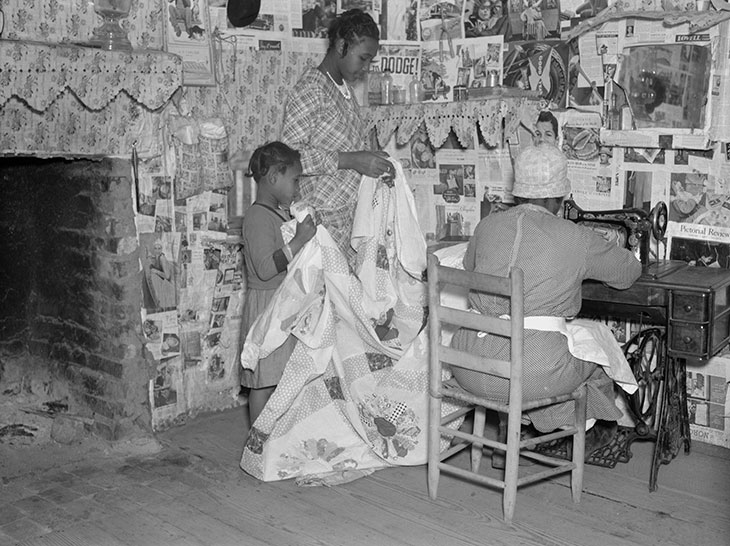
Lucy Mooney and granddaughters Lucy P. Pettway and Bertha Pettway, photographed in 1937. Photo: Arthur Rothstein; courtesy Lucy Mingo
The eventual recognition of African American quilts – as with quilts made by the British mining community – was followed by projects of improvement and, inevitably, by commoditisation. But unlike the British quilts, African American quilts were claimed and valorised by the US art world’s institutionalised avant-garde. And in the context of African American quilts, the reception of the Gee’s Bend quilts was and remains particularly troubling and fascinating. The story of these quilts, made in conditions of the deepest poverty by African American women in an isolated cotton-growing community on the Alabama River, is best set out by the art historian Anna Chave in her Journal of Modern Craft article ‘Dis/Covering/the Quilts of Gee’s Bend, Alabama’ (2008). The quilts were ‘discovered’ in stages, their special qualities at odds with the neat stitching and structured exactitude of conventional pieced or patchwork quilts. In 1966 Gee’s Bend quilts were sent to New York by a local priest and auctioned on behalf of the struggling community – they were snapped up by figures including the designer Ray Eames. That year the Freedom Quilting Bee was set up to provide work for women of the area while failing to appreciate the unique qualities of work from Gee’s Bend. These can be studied at Alison Jacques, above all in Loretta Pettway’s magnificent Two-sided work-clothes quilt: Bars and blocks of around 1960, which in typical fashion suggests something expedient but nonetheless informed by immense formal sophistication. The quilt is built up from large areas of worn cloth, with a great strip of irregularly scissored or torn black twill floating above passages (it is tempting to use a painterly vocabulary here) of whites and blues, and a punctum of red at the base of the quilt. The quilt’s reverse side is more austere but no less powerful. It is the first among six or seven equals.
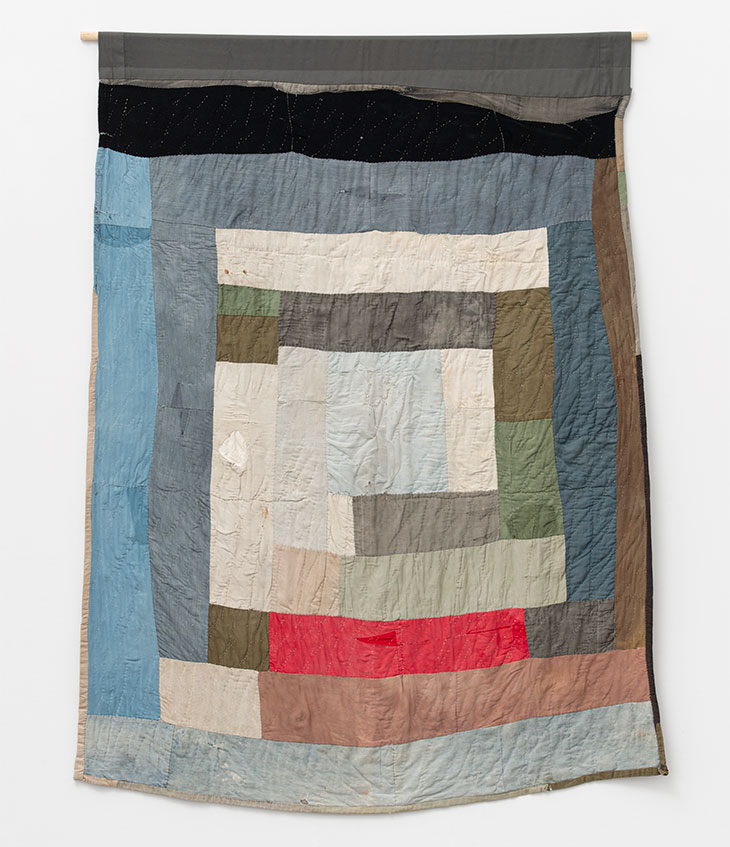
Two-sided work-clothes quilt: Bars and blocks (c. 1960), Loretta Pettway. Courtesy Souls Grown Deep Foundation and Alison Jacques Gallery, London; © Loretta Pettway/Artists Rights Society (ARS), New York and DACS, London
Mostly thanks to William Arnett, these quilts were finally recognised as ‘art’. But the comparisons drawn with the work of Paul Klee, Henri Matisse and Barnett Newman tell us more about the needs and desire of the art world – always hungry for so-called ‘outliers’ that can be aestheticised on its own terms. Gee’s Bend quilts are beautiful, and in conventional quilting terms, transgressive and imbued with spirituality. But I’d argue, equally transgressively, that they deserve to be seen in the far richer context of craft. Which is to say, they belong to the great immemorial tradition of pattern-making and textile manipulation, whose continuity makes the development of 20th-century painting from representation to abstraction appear as a mere blip in the history of material culture.
‘The Gee’s Bend Quiltmakers’ is at Alison Jacques Gallery, London, until 6 February 2021.
Unlimited access from just $16 every 3 months
Subscribe to get unlimited and exclusive access to the top art stories, interviews and exhibition reviews.

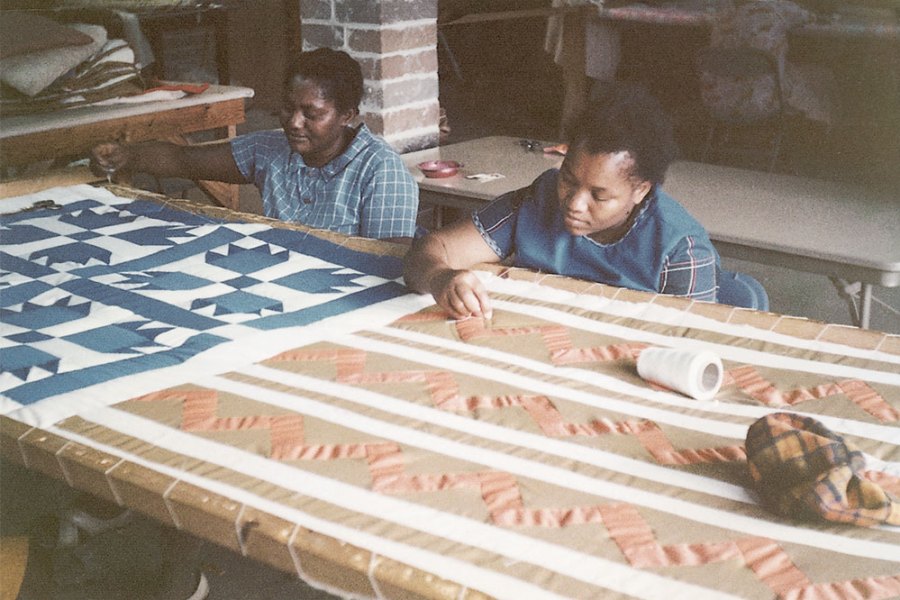
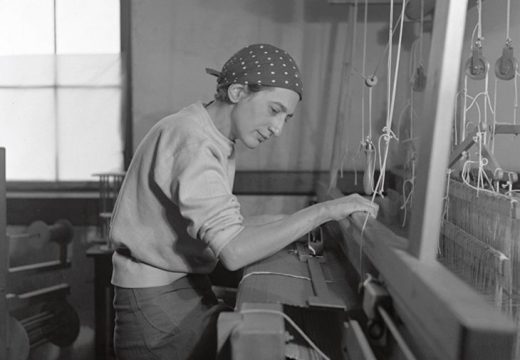
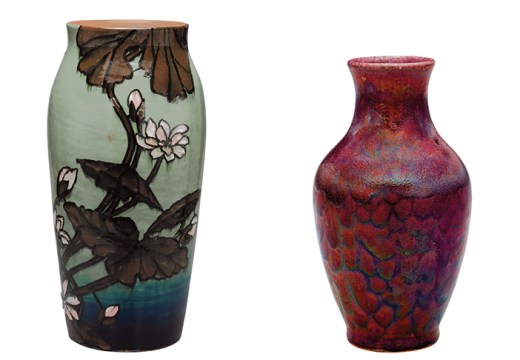
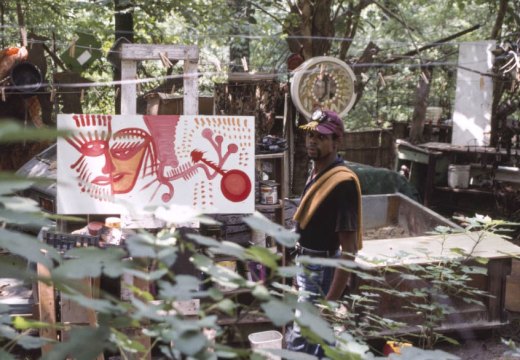









![Masterpiece [Re]discovery 2022. Photo: Ben Fisher Photography, courtesy of Masterpiece London](http://www.apollo-magazine.com/wp-content/uploads/2022/07/MPL2022_4263.jpg)
It’s time for the government of London to return to its rightful home